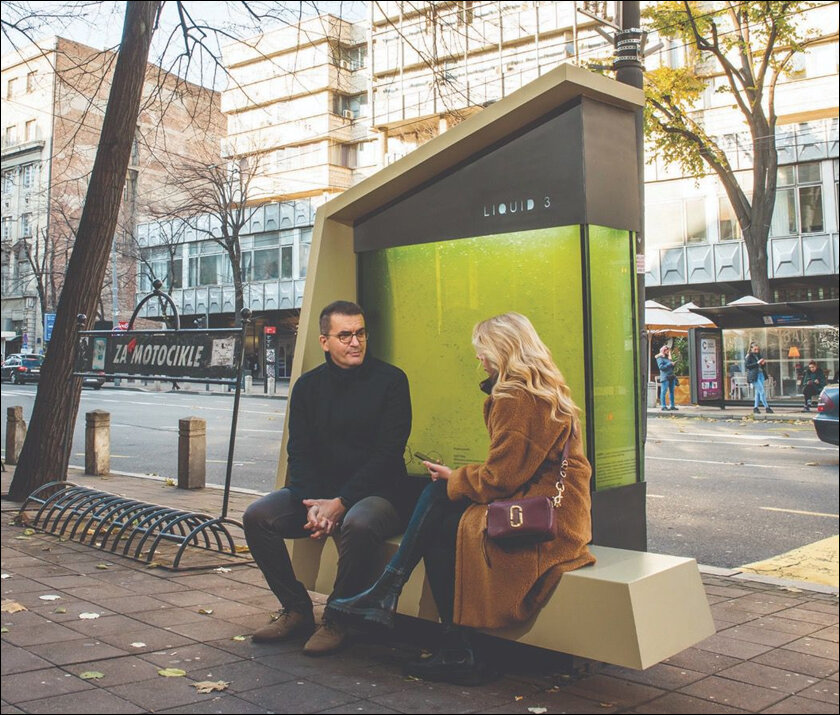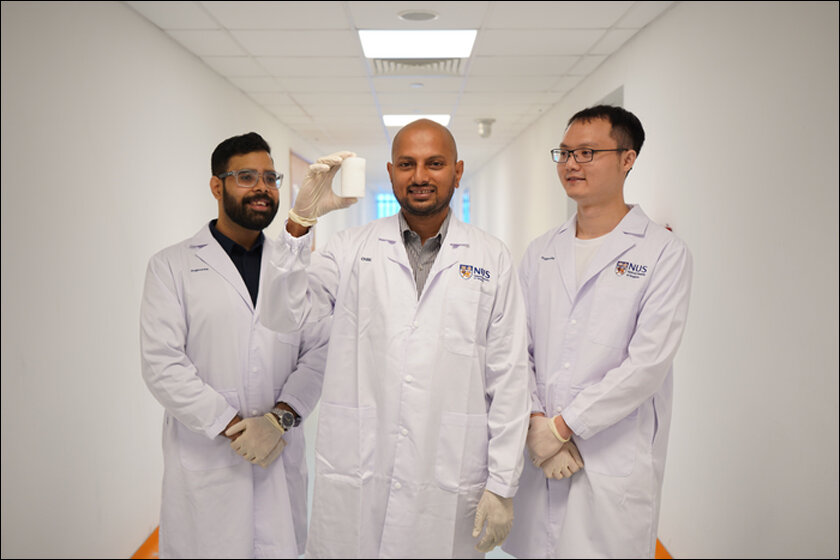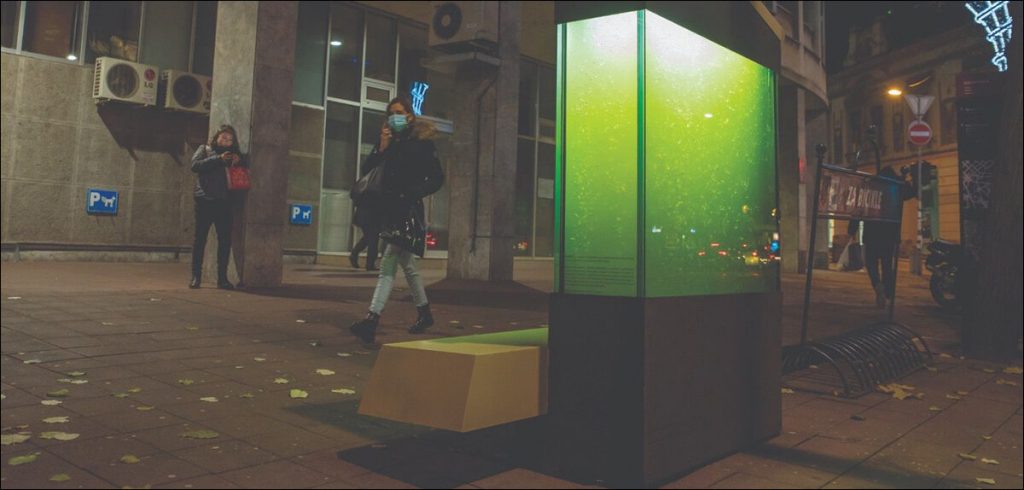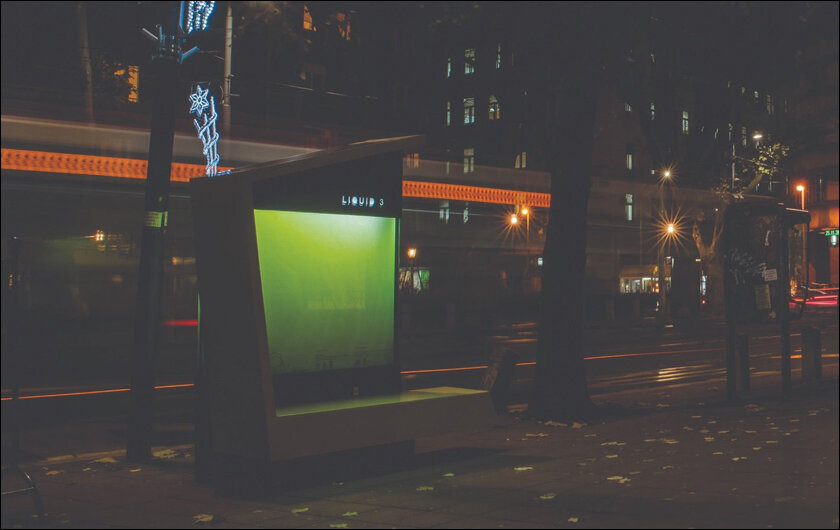Nigel Pereira on two inventions that seem to be mind-boggling as they seem to change the natural state of the resource in question.
With deforestation and the burning of fossil fuels now widely accepted as prime causes of climate change and extreme weather, scientists worldwide are leveraging technology to tip the scales back into balance. Two of these inventions in particular seem to be mind-boggling due to the fact that they seem to change the natural state of the resource in question.
Trees, without a doubt, are one of our most critical natural resources, crucial to maintaining our soil, preventing floods, and keeping our air breathable. Trees, however, are tall and solid, and even if it was possible to melt one and pour it into a tank, we probably wouldn’t think of doing it.
The LIQUID 3
In a 2019 report, Serbia was ranked as the number 1 country in Europe with the highest pollution-related deaths at around 175 per 100,000 people, it was also ranked 28 in the world for worst air quality. To combat this issue, the source of which is concentrated in urban areas, scientists in Serbia have developed a liquid tree called LIQUID 3.
Developed by Dr. Ivan Spasojevic, author and Ph.D. in Biophysical sciences, the LIQUID 3 is a 600-liter clear tank called a photo-bioreactor filled with a green liquid made up of loads of microalgae in water. The microalgae basically do the job a tree would do by converting carbon dioxide to oxygen through the process of photosynthesis, but a lot better.
The advantage microalgae have over trees is that it is 10 to 50 times more efficient at turning carbon dioxide into oxygen and a single 600-liter unit can do the job of two ten-year-old trees or about 200 square meters of grass.
Dr. Spasojevic explains that while his invention isn’t meant to replace trees, it can be used in highly polluted areas where it is difficult to grow trees due to poor air and soil quality. This is because microalgae aren’t affected by poor air quality and the LIQUID 3 doesn’t need soil. Additionally, he goes on to explain how the only maintenance required is removing the biomass created by the algae which can then be used as a fertilizer.

Solidified Natural Gas
Global carbon dioxide (CO2) emissions from energy combustion and industrial processes reached a new all-time high of 36.8 billion tonnes. Belgrade, in particular, was ranked one of the dirtiest cities in Serbia due to two coal power plants that were ranked among the 10 dirtiest plants in Europe. Now while natural gas has evolved into a key stepping stone between fossil fuels and cleaner renewable sources of energy, problems related to transporting and storing natural gas remain.
The dangers related to gas leaks as well as expensive, pressurized tanks and the related equipment to pump natural gas safely are the reason why you have to drive for a while before you come to a gas station that sells CNG or compressed natural gas.

While researchers around the world are actively working to solve this problem, Prof Praveen Linga from the National University of Singapore, along with his team members from the Dalian University of Technology and the Indian Institute of Technology, Chennai, believe they have the answer. Solidified Natural Gas, or natural gas hydrates are created by trapping gases such as methane inside water molecules in a way that they can’t get out. The procedure which involves additives as well as specific temperature and pressure conditions, produces a material that not only is solid but can also be stored safely without expensive equipment and the risks associated with flammable pressurized gases. While these gas hydrates can only be produced in limited quantities for laboratory experiments as of now, it’s definitely a step in the right direction.
Too close to home
While it’s great to read about the crazy things people are doing with technology in order to mitigate carbon footprints that only seem to be getting bigger, it’s important to remember that there is nothing better than the real deal when it comes to nature. In India in particular, deforestation to promote commerce and agriculture continues at an alarming rate with the clearing of the Aarey forest in Mumbai to make way for a metro car shed being a prime example.
Liquid trees may be able to clean your air but they cannot provide shade or homes or ecosystems for the thousands of native birds, reptiles, and animals that unlike us, all have a job to do for the environment. So while we do need to come up with more ingenious ways to reverse the damage being done, not doing the damage in the first place should be the priority.
In case you missed:
- Toyota’s Liquid Hydrogen-Powered “GR H2” Race Cars
- What Is Electronic Soil?
- Could Dimming the Sun Be the Solution to Global Warming?
- Scientists gave a mushroom robotic legs and the results may frighten you
- How AI Is Helping Restore the World’s Coral Reefs
- India’s first Aatmanirbhar semiconductor chip is finally here!
- Neuralink Blindsight and Gennaris Bionic eye, the future of ophthalmology?
- Tiny robots made from human cells can heal wounds!
- From Fridge to Fusion Reactor, How Mayonnaise is Facilitating Nuclear Fusion
- China launches world’s first AI-powered underwater data centre!











1 Comment
Amazing stuff!!! Keep writing. I love your style, you make it so easy to understand.